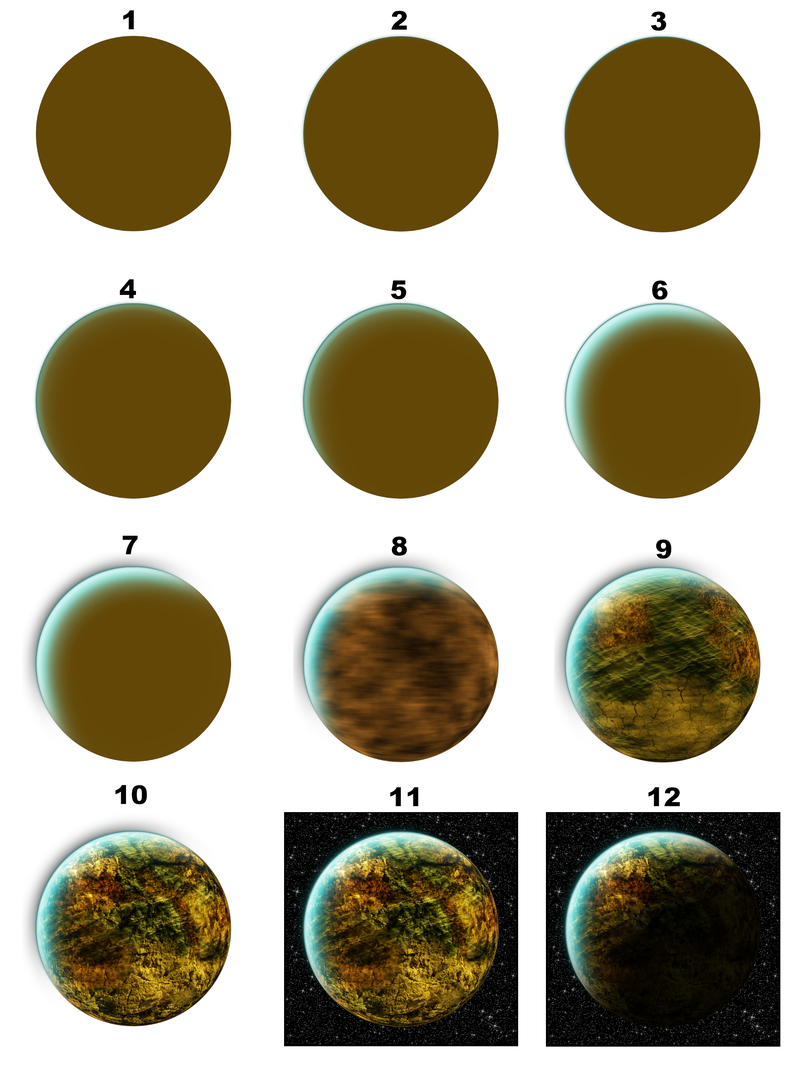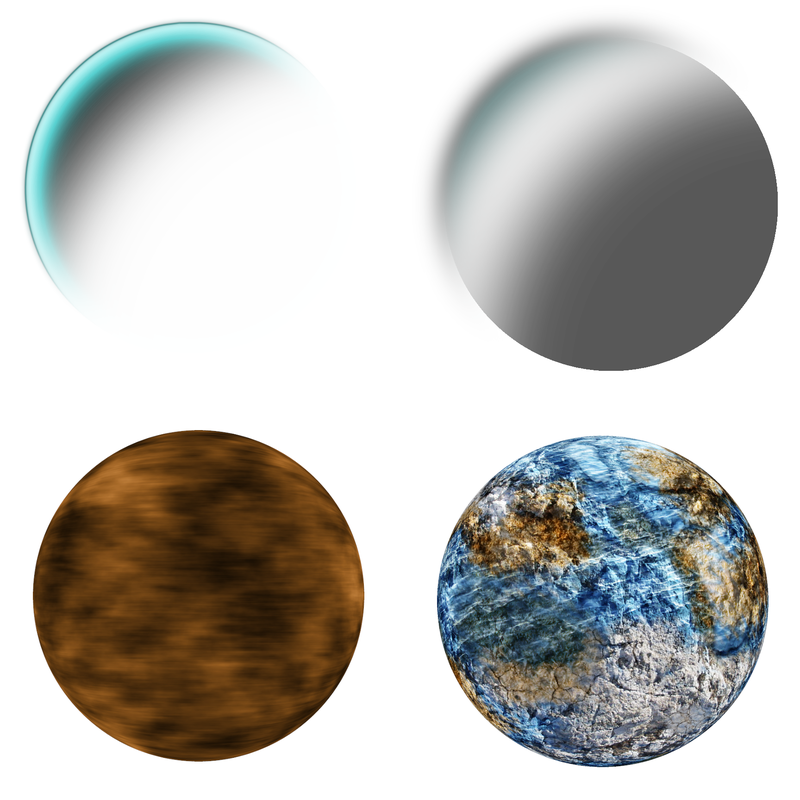
Ryan Velez
Layered Analysis
What is the purpose of going over games?What is the purpose of going over (your) games?
Everyone says “To learn from your mistakes.” That is true, but it is a half-measure that leaves you feeling un-helped. The second half to the answer is “So you can build up an internal database of experiences to draw from for your future games.” When you play a titled player, you are not only playing them. You are playing against the games and patterns they remember, the moves computers showed them in analysis, etc...
What I am proposing here is not memorization. Did you intentionally memorize the layout of your home? Or did you just learn it over time? My proposal is to embrace this method of passive memory to improve, and I will show you how to do it using Layered Analysis.
What is Layered Analysis?
Layered Analysis is my method for breaking games down into individual components, and then re-assimilating them for cohesive understanding.
Visual Metaphor of Layered Analysis
Here are 12 layers of the planet Lichessula:

Because master level analysis is often written on a level equivalent to the 12th image, people try to understand it on that same level. Using the images above, I believe most people struggle to understand top tier analysis past the 7th or 8th level, and many believe most of the levels look the same (when they most certainly are not). I believe most people do not benefit from reading such analysis, and they struggle to analyze their own games in a way that benefits them.
Let me show you what it is like to understand the 12th image above. Let’s divide 12th image into two parts:
1. The first image is Lichessula’s ‘see through’ details
2. The second image is Lichessula’s ‘solid’ details

With this side-by-side view, we immediately understand how the image is put together. The left side shows the glowing details of the atmosphere, and the shadow of the dark side of the planet. The right side shows firm details of the planet’s surface. The less tangible see-through side is akin to things like tempo, technique, and initiative. The more tangible solid side is like the things in chess you can grab and see: material, bad pawn structure, an open file, etc...
But let’s break these visual details down further:

Image 1 - We see a lot of atmosphere, with a little shadow.
Image 2 - We see a lot of shadow, with a hint of atmosphere.
Image 3 - We see a brown overlay that gives motion and weather to Lichessula.
Image 4 - We see the landmass and oceanic details.
Now, can you look at the 12th image and see the different layers? This is how Layered Analysis works: we break games down into parts, and then we bring it back together for a more full picture.

How do you Layer Analysis?
I like to do this process in a notebook and/or using a Lichess Study. The process itself is 4 Simple Steps:
- Play through a game, and focus on a single detail or question.
- Look for everything you can that addresses that detail or question.
- Repeat this process with a new detail or question.
- The final layer should be an assimilation of your analysis.
Each time you do 1 - 3, you are adding a layer to your analysis. A game can have as many layers as you want, and layers can be broken down into smaller layers. Here is an example:
Layer 1 - Positional Features
This would be things like support points, open files, pawn structure, etc...
But we could break Layer 1 down into the following:
Layer 1 - Pawn Structure
Layer 2 - Support Points
Layer 3 - Key open files, ranks, diagonals
Layer 4 - Key squares
Layer 5 - Etc...
The major thing to understand here is the more bold-faced terms you learn in chess, the more things you can look for. For example, if you did not know what an “Isolated Pawn” was, then odds are you will never produce a layer that uses this term. You might identify such a pawn as a “Weak Pawn.” So, there is an assumed component to this analysis: your knowledge of bold-faced chess terms.
Is Layered Analysis only good for going over Games?
No, Layered Analysis allows you to do all of the following:
- Read analysis more easily
- Understand analysis more deeply
- Read chess books, and benefit from them
- Write analysis more quickly
- Assimilate your chess knowledge
What Analysis Layers Should I Look For?
Every game will need different analysis layers, and each game will feature a different number of layers. Here are 10 common layer themes to start with:
Tactics
Only analyze tactics that did occur or could have occurred.
Positional Ideas
Analyze positional chess features. These are things like open files, open diagonals, a critically important square, pawn structure, etc... These can also be broken down into individual layers, too.
Opening
Only analyze the opening. Just concern yourself with where the opening book ends, and any other plausible ways the opening could have been played within reason.
Middlegame / Strategy
Only analyze strategies. Things like “Trade when ahead in material” or “Blockade the passed pawn” are examples of strategies you could focus on.
Endgame
Only analyze the endgame. It is important to note I do not mean tactical lines; that should be done in the “Tactics” layer.
Variations & Sub-variations
Only analyze variations & sub-variations. Again, not tactical lines (that is done in the tactics analysis). Specifically, this means alternative ways the game could have gone, and maybe should have gone.
Calculation
Only analyze your calculation (both correct & incorrect lines). This is important so you can see where your thinking was correct and incorrect. You can add in your opponent’s thoughts, too, if you did a post mortem.
Engine Analysis
Get a computer analysis, then look over the lines. This layer is usually best to do after the “Calculation” layer. That way you can compare your thoughts to the engine’s analysis.
Curiosity
Analyze anything interesting or fun. Sometimes there are just cool things you want to look into like the mate in 22 the engine suggested or “What happens if I did THIS instead?”
Layer Assimilation - The Final Layer
The final layer is when you will experience your learning coming together. Here is an example:
Layer 1: Pawn Structure
“There is an isolated pawn on d4.”
Layer 3: Weaknesses
“My isolated pawn is weak, and the square in front of it is weak, too.”
Layer 4: Tactics
“I had an opportunity to pin Nf6 via Bg5, but I played h3 instead.”
Layer 7: Knight Movements
“My opponent put a knight on d5, right in front of my isolated pawn.”
Final Layer: Assimilation
“I allowed my d4-pawn to become isolated and never challenged the d5-square. My opponent moved his Nf6 to d5, and I was never able to dislodge the knight. I could have played Bg5 to prevent Nd5, which would have pinned Nf6 and allowed me to capture it, preventing Nd5 altogether. In the end, I lost my pawn and then the game.”
The final layer should consist of details that are connected between layers, and details you personally found important. The combination of going over the game repeatedly plus finding ideas that link layers together creates an experience that carries with you into future games, and no deliberate memorization is required.
Eventually, you will no longer need Layer Analysis as you will automatically coalesce your observations during game analysis. Layer Analysis is a bridge between layers 1 - 11 and the 12th layer on the first picture at the start of this article.
What tools can I use for analyzing my game?
In short, all the tools at your disposal:
- Chess Engines
- Lichess' Tablebases
- Lichess' Opening Explorer
- Books
- Coaches
- Your own thoughts
Other resources exist, too. Remember, the main goal is for you to fully understand the game. After you have analyzed many games, your understanding will improve, and you will have experiences to draw upon when playing games and solving opponent posed problems.
Curiosity Layers are Critical
The less chess knowledge you have, the less command you have over inserting relevant layers to your analysis. However, curiosity can often replace a lack of knowledge. Simply be curious. Ask your game questions. A question, and its answer, is an analysis layer. Here are some examples:
- Where were the moments the initiative changed hands?
- How many counterattacking moves were there, and when did they occur?
- Who made more total threats?
- Were trades made in a timely manner? Were any trades regretful later?
- How many moves wasted time?
There are an infinite number of questions you could ask, and each one could be a layer. When you have a lack of knowledge, rely on your curiosity. As you learn more about chess, the layers you can insert into your analysis will become more meaningful, and more sophisticated. As knowledge is assimilated, you will need fewer layers to express a thought, and you may see layers naturally combining. For example, Tactics, Variations, Subvariations, Opening Lines, and Opening Transpositions really could just all be one layer. But when starting out, keeping them separate is helpful.
5 Layer Analysis Examples
Go through each game below, and be sure to play through each chapter. The Layer Analysis is written as comments during the games. If you go through everything, and I know it will take you some time, you will greatly benefit, and you will see how this simple analysis method works:
Example 1 - Paul Morphy vs The Duke and the Count
This game is included because many people know it. It allows you to see how the Layered Analysis works with something that is familiar:
https://lichess.org/study/yEutEubM/COMDk16Q/
Example 2 - Nigel Short vs Jan Timman
I chose this game because it culminates into an aggressive king walk, which is a rare theme. It is instructive, and memorable.
https://lichess.org/study/detwn1B0/QJlbBdMq/
Example 3 - Amateur Game
I selected this game due to its relatability to many chess players. Both sides make errors and the eval bar goes back and forth.
https://lichess.org/study/OsuyIXaK/VjiAQvE5/
Example 4 - Clemenz vs Eisenschmidt (1862)
I selected this game because it is very old, contains a gambit to evaluate, and culminates in an entertaining way.
https://lichess.org/study/eICxTuR3/
Example 5 - Kasparov vs Topalov
I selected this game because it is a closed game, unlike game 4. It is also interesting in that it has very few tactics and an engine analysis suggests each side only made 1 error.
https://lichess.org/study/UlmENIaW/
Supporting Me
I am providing high quality content to common questions beginners have. If you are willing to help me, I ask for $5 per month on my Patreon account: Click Here to encourage me to continue writing thorough and useful content.
All support you give me goes to the Chess Education Foundation, which is a 501c3 charity that helps kids and adults learn chess.
Other Articles:
What are the different levels to losing? - The Win-Loss Spectrum
When is h3 a good or bad move? - h3: Hero or Zero? (Part 1)
How do I exploit a bad h3 / h6 move? - h3: Hero or Zero? (Part 2)
How do I punish bad or amateurish pins? 10 Pin Defenses
You may also like
 NM RyanVelez
NM RyanVelezI want to improve, but I'm busy !!!
This article is for people who want to improve but are busy, and for anyone who wants to know how to… GM NoelStuder
GM NoelStuderFind A Plan In Any Position
Have you ever looked at a position and thought: “I have no idea what to do”? NM RyanVelez
NM RyanVelezExploring Chess
Looking deeply at simple topics NM RyanVelez
NM RyanVelezPractical Openings Approach
This post is for people who need to learn openings, but struggle. GM NoelStuder
GM NoelStuderHow To Think During A Chess Game
Today, I will teach you how to think during a Chess game. Most students draw a blank when I ask them… NM RyanVelez
NM RyanVelez